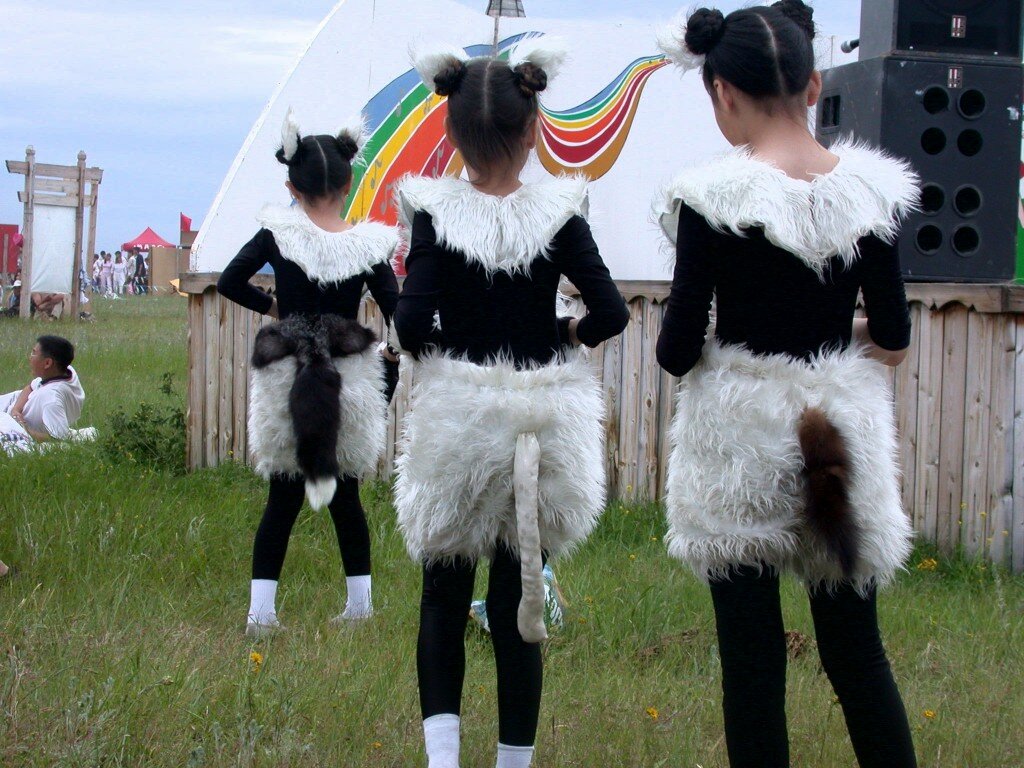 Only a handful of travelers ever take the Trans-Siberian Railway, and only a trickle of those complete it. Instead, most go from Moscow to Yekaterinburg (26 hours east) to see where the “Last Czar” died, then to Irkutsk (another 55 hours’ ride) for a look at Lake Baikal, then cut south into Mongolia and China. An epic trip.
Only a handful of travelers ever take the Trans-Siberian Railway, and only a trickle of those complete it. Instead, most go from Moscow to Yekaterinburg (26 hours east) to see where the “Last Czar” died, then to Irkutsk (another 55 hours’ ride) for a look at Lake Baikal, then cut south into Mongolia and China. An epic trip.
But what remains unseen of Russia is ultimately why the railway was built: to reach (and develop) the Siberia of Siberia, the Russian Far East (Dalnii Vostok). It’s an area the size of the Lower 48, filled with mountains, forest, marsh, permafrost, north-flowing rivers, and scattered time-warp cities with European architecture and Lenin statues. Traditional rewards can be elusive. There are not many real “must-sees” and it’s never easy traveling. But it’s easily a contender for the Best Place in the World.
WHY GO?
Because you really really believe the best part of travel — the dot to the exclamation point — is about getting there. Even when there’s no definite “there” there.
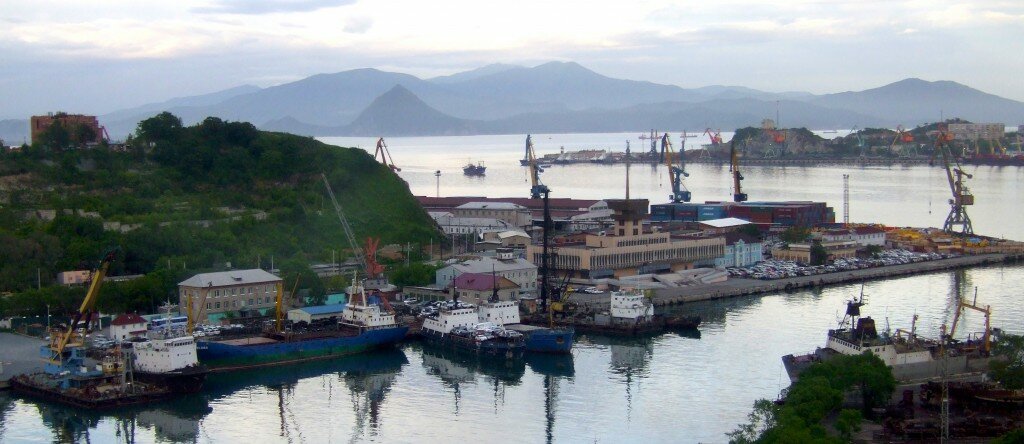 TEN QUICK QUESTIONS
TEN QUICK QUESTIONS
On the Russian Far East’s appeal:
- Biggest highlight? Kamchatka’s volcanoes.
-
Huh, come again? Birobidzhan is still the center of the active “Jewish Autonomous Zone,” and also Yul Brynner was born in Vladivostok (his house is still there).
- The next Prague/Brooklyn? No. But if you’re an inventive squinter, Vladivostok can look like San Francisco at places.
- Next big foodie destination? Never, Russian soups are underrated though.
- Natural beauty? Yes, but can be hard/expensive to access.
- Local life? Yes, particularly on trains.
- Bizarro joy? Yes, in the wild, decaying, time-warp towns where Brezhnev-era lives.
- Value? Russia’s expensive, but you can save by quick one-night stops at train stations’ dom otdikha (rest houses), which are safe, clean dorm-like guesthouses in most train stations which cost the fraction of a hotel.
- Bragging points? 10/10. Taking the Trans-Siberian to Beijing gets you 8, taking it to Vladivostok – or going farther “in” – gets you the full 10 of 10.
- Must pack? Some reading options, and knowledge of Cyrillic. It takes a day to learn, seriously, and all will be easier if you know it.
FIVE BEST THINGS TO DO
1. Climb Kamchatka volcanoes with a moustached volcanologist. There’s a bus from Petropavlovsk to Esso, but otherwise you have to arrange nearly any activity — including a helicopter to see reindeer-herding nomads or the Valley of Geysers, or 6WD military vehicles to cross hardened lava “roads.” Lost Word Tours is a reliable local agency.
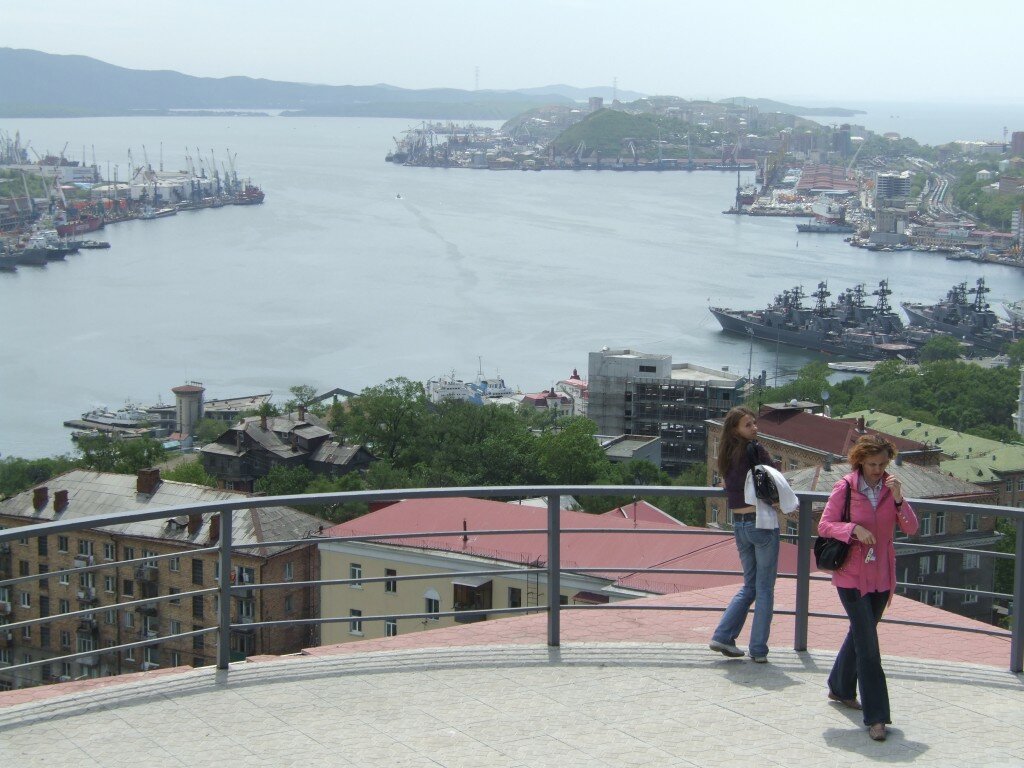
2. Riding Vladivostok’s funicular for views of the Golden Horn Bay. Closer to the water are many old Czar-era buildings and town beaches, plus a cheap ferry to moutainous Russki Island. (For more on the city named “to rule the east,” see my piece on Vladivostok for the New York Times or my list of 22 reasons to hug Vladivostok.)
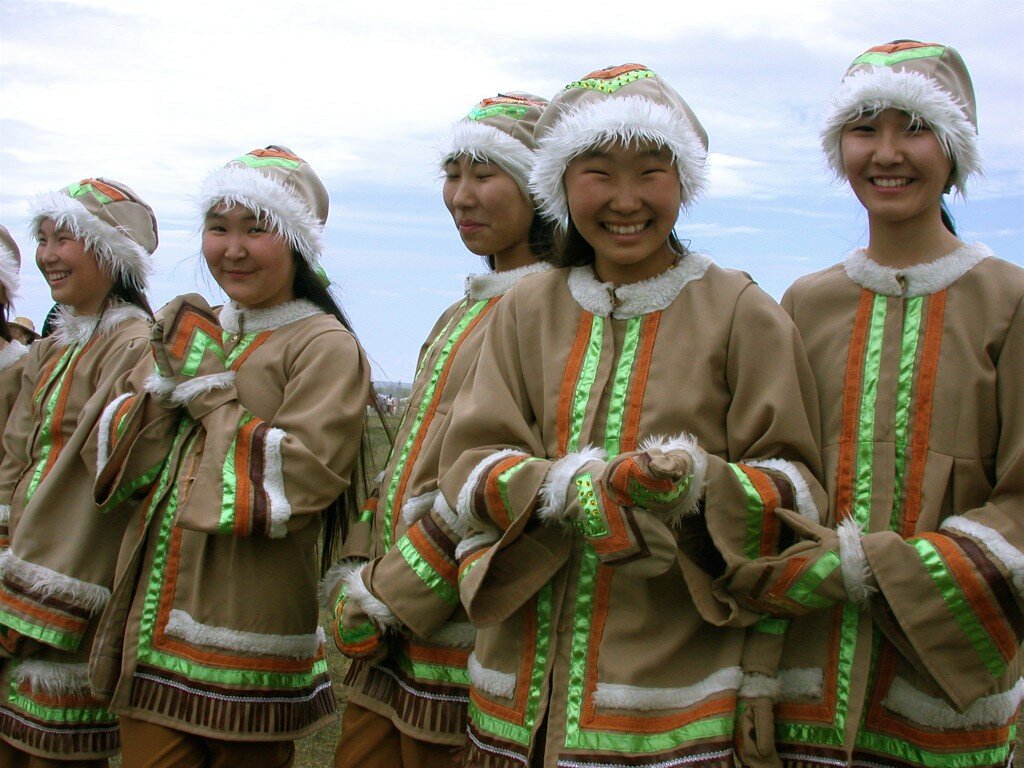
3. Yakutsk’s unreal Ysyakh festival. The world’s coldest city is sunny all day at the summer solstice (June 21), when Sakha locals celebrate by sharing horse meat, throat-singing, dancing until well after the midnight sun. The catch is the flight. A one-way fare from Khabarovsk to Yakutsk can run US$800. If you go, try adding on a two-night cruise to Lenskie Stolbi, or Lenin Pillars (see photo at end of this post). Yakuta Travel can help arrange it.
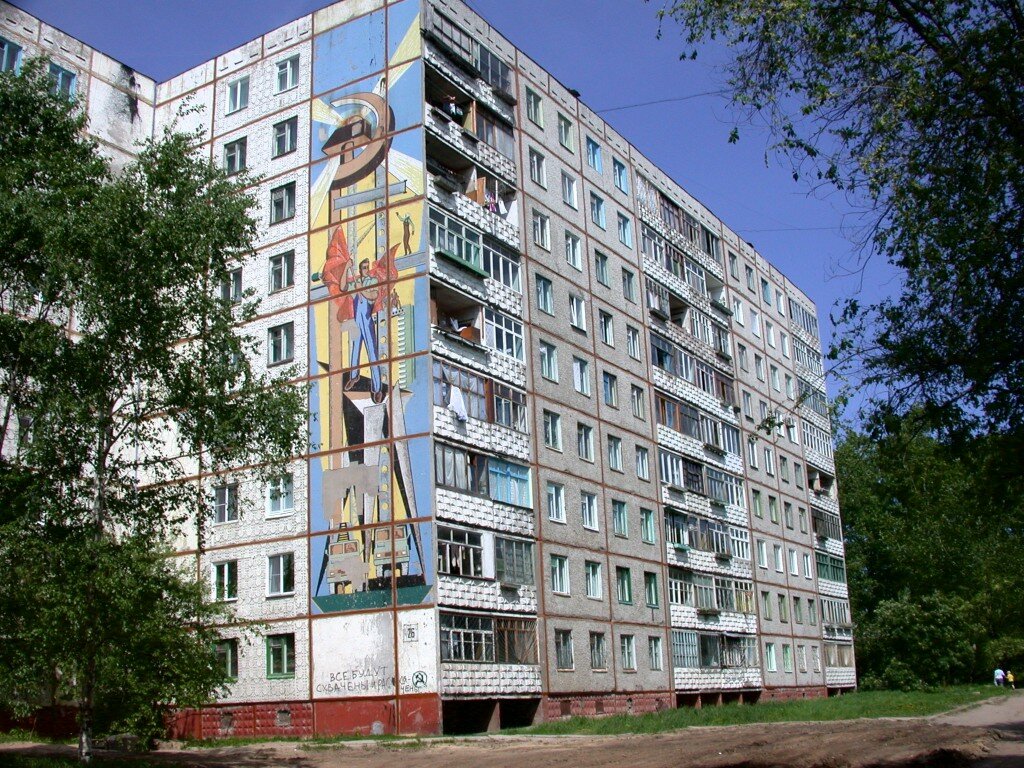 4. Seeing Komsomolsk-na-Amure’s old Soviet factories and mosaics via the BAM railway. The town’s surprisingly nice, and Nata Tours (a rare well-run, informative travel agent out there) arrange homestays and even old gulag sites.
4. Seeing Komsomolsk-na-Amure’s old Soviet factories and mosaics via the BAM railway. The town’s surprisingly nice, and Nata Tours (a rare well-run, informative travel agent out there) arrange homestays and even old gulag sites.
5. Meeting Russians on the train — it’s the easiest way to. Go with open-bunk platskartni class, or four-berth kupe (above) and see who ends up traveling with you. Sometimes they’re in muscle shirts.
TWO-WEEK ITINERARIES
Here’s what I’d tell my friends who were planning a two-week trip to all of Russia, or just the Russian Far East. Distances are vast: it’s a seven-day ride from Moscow to Vladivostok!
Two weeks in Russia
Go one way from Moscow to Vladivostok, with a few stops.
- DAY 1-2: Moscow
- DAY 3: train to Yekaterinburg (or Tomsk instead)
- DAY 4: Yekaterinburg to see Last Czar sites
- DAY 5-6: train to Irkutsk
- DAY 7-9: Lake Baikal
- DAY 10-11: train to Birobidzhan, short stop off to see sites at Jewish Autonomous Zone
- DAY 12: train to Vladivostok
- DAY 13-14: Vladivostok
Two weeks in the Russian Far East
Fly into Vladivostok, and out of Petropavlovsk, making a mix of outdoor adventure, and some Siberian trains.
- DAY 1-2: Vladivostok (perhaps train for day to nearby Nakhodka)
- DAY 3: train to Birobidzhan
- DAY 4: see Birobidzhan, train to Khabarovsk
- DAY 5: Khabarovsk
- DAY 6: fly to Petropavlovsk
- DAY 7:-13: seven-day organized trip of Kamchatka
- DAY 14: return to Vladivostok
LIES, UNTRUTHS & THINGS THAT ARE WRONG
The best time to go is summer
No it isn’t. Yes, Siberia and the Far East are ridiculously cold in winter. (And unlike Canada, Russia actually gets colder not only the farther north you go, but the farther east too.) But summer is quite hot. Visiting Yakutsk in summer (the world’s coldest city), I was bedridden for three days after heat exhaustion and exposure from being outdoors in 90-degree sun. From mid June to mid August, you’ll be happy trains have AC, and equally unhappy when it (regularly) clicks off during stops, scheduled or not. June and September are generally better, less busy times for the trains (though not Kamchatka).
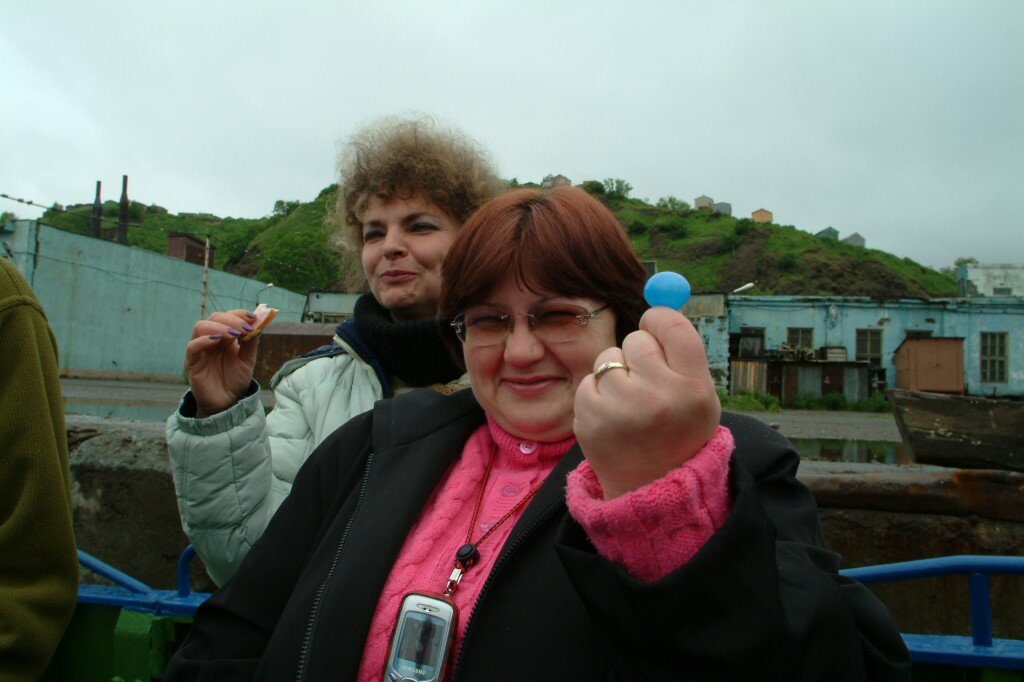 Russians are meanies
Russians are meanies
There is a big difference between Russians in the public or private sector. In public, they can be indifferent – to you, to each other. At any office or store, ask a question, and you’ll get an “oh no! this is not possible…” before you reach the question mark.
Russians at home are a different story. (And this includes sharing a cabin with Russian strangers on trains.) You will often be received like a long-lost cousin, which can mean finishing vodka bottles or eating their tomatoes whole, like apples. Get ready.
You must pre-book tickets
Unlike Soviet times, you can plan as you go. It’s just that it’s hard. Train tickets, in particular, take time and patience dealing with lines and multiple, unsigned windows at train stations. English is rarely spoken. Sure there’s guided tours, or you can pre-book point-to-point train tickets (even though it’s often a bit more expensive and you’ll be more or less locked into your dates). The Russian railway site is hard to use, so try agencies like Express to Russia or the old state-run Intourist.
THE WORST OF THE RUSSIAN FAR EAST
It’s really not for everyone. It is hard traveling, with no immediate Tuscan villa-type rewards looming over the horizon. There will be moments that spring from the bleak, decaying Soviet landscape where you’ll ask yourself, “why again am I here?” It’s expensive, it’s huge, it’s lonely.
Sakhalin Island It booms with oil business. Which is great if you’re in oil business (or on the Chekhov trail, as I was). Otherwise it’s not really worth the effort to reach it.
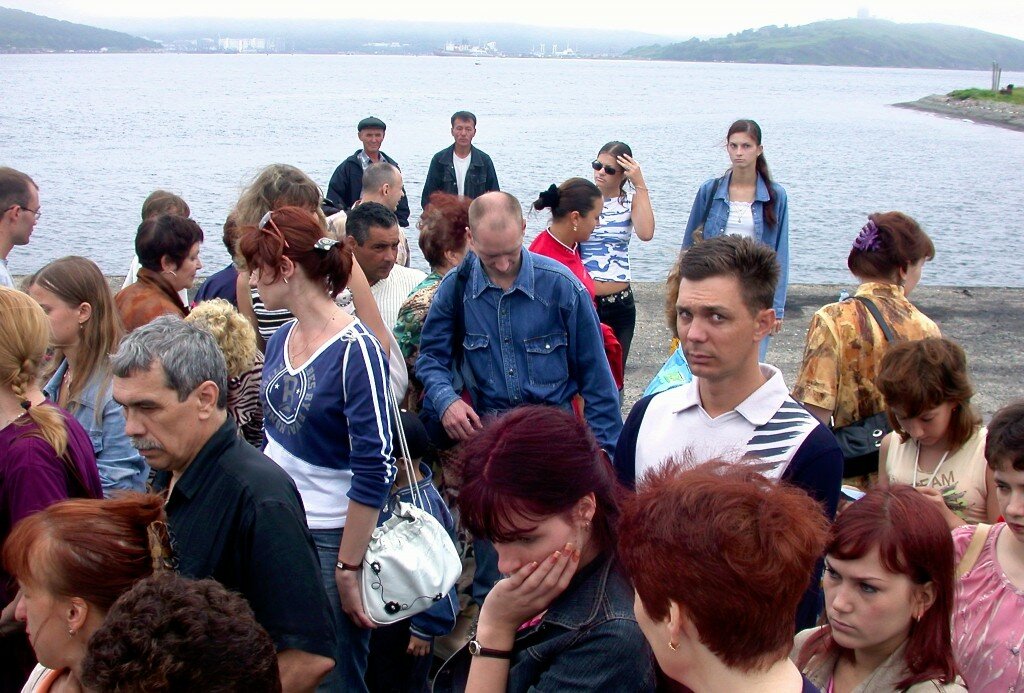 Waiting. You will wait and wait a lot in Russia. If there’s a line of three people, I learned to skip it and come back later (the real Russia roulette). The front of the line is akin to an experimental workshop — where the front person looks this way, and that, labors over options, asks question after question.
Waiting. You will wait and wait a lot in Russia. If there’s a line of three people, I learned to skip it and come back later (the real Russia roulette). The front of the line is akin to an experimental workshop — where the front person looks this way, and that, labors over options, asks question after question.
ONE AMAZING THING NO ONE DOES
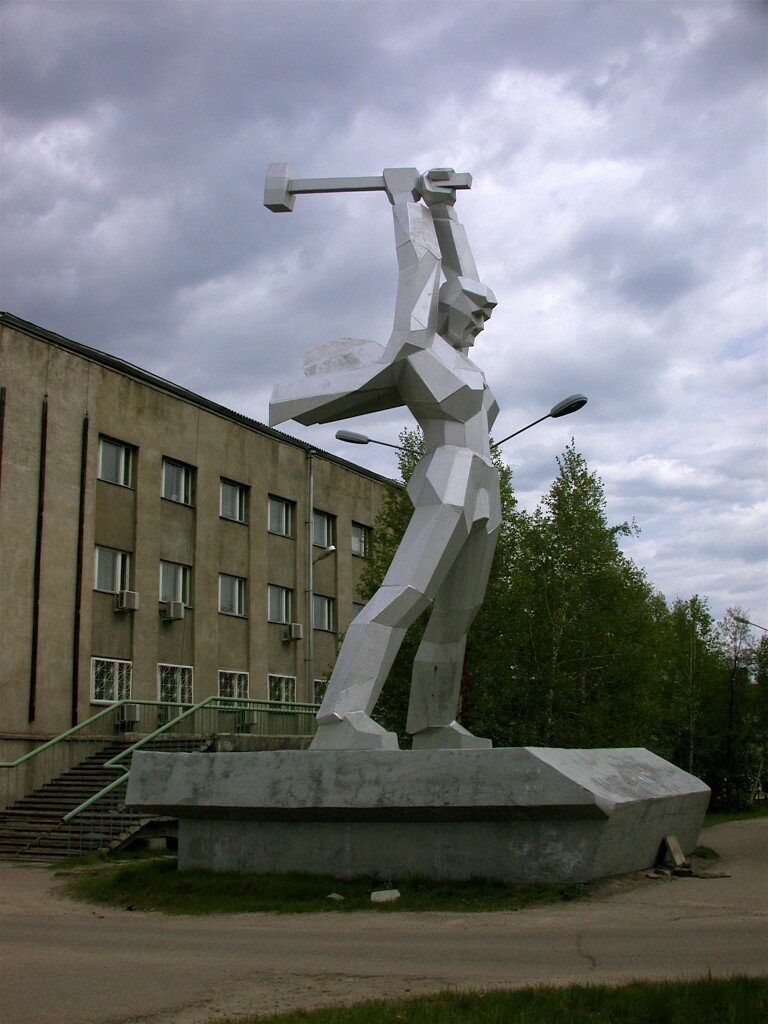 The Baikal-Amur Mainline (BAM) is a scrappy, 4200-kilometer country-cousin railway to the Trans-Siberian. It was built over half a century, amidst a Soviet fever, through dozens of mountains, over permafrost and it eventually leads nowhere. Gorbachev would ultimately blame its costs for tanking the national economy. So, no, there was no victory parade on its completion in the ’80s, but the “Red Elvis” Dean Reed did make a song for it.
The Baikal-Amur Mainline (BAM) is a scrappy, 4200-kilometer country-cousin railway to the Trans-Siberian. It was built over half a century, amidst a Soviet fever, through dozens of mountains, over permafrost and it eventually leads nowhere. Gorbachev would ultimately blame its costs for tanking the national economy. So, no, there was no victory parade on its completion in the ’80s, but the “Red Elvis” Dean Reed did make a song for it.
The BAM begins west of Lake Baikal in the heart of Siberia, and runs north of the Trans-Siberian, stopping at the lake at Severobaikalsk, then into the Far East, going through dead-end towns like Novy Urgal. There are a few interesting stops like Tynda (above) and Komsomolsk-na-Amure, before it ends at Sovetskaya Gavan on the Tatar Strait. There’s nothing quite like it.
Another amazing thing is Magadan, a far-off town built by gulag prisoners (its Mask of Sorrow is shown below). But that’s another story.
WHAT TO READ
Do pack some books, including a Russian phrasebook. You will win hearts (and free tutor time) on the train if you try to learn some Russian in between stops.
Travels in Siberia, by Ian Frazier
The definitive book on Siberia and the Russian Far East. Unlike most visitors, Frazier never takes the train. On repeated trips over the decades, he finds Russia is at once “both great and horrible,” but ultimately gives up trying to reconcile any contradictions, and submitting fully to something he calls “Russia-love,” an “independent force out there in the ether of ideas.” I know it well. A couple other travelogues include Colin Thubron’s In Siberia or Devla Murphy’s accident-prone Through Siberia by Accident.
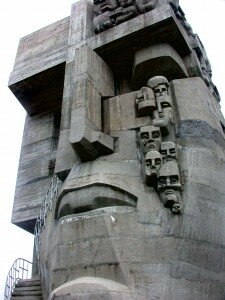 Gulag: A History, Anne Applebaum
Gulag: A History, Anne Applebaum
This Pulitzer Prize winner is more manageable, up-to-date than Alexander Solzhentisyn’s famous Gulag Archipelago. It finishes with Russia’s reluctance to remember this side of its history. One local asks her, “Why do you foreigners only care about the ugly things in our country?” Another predicts that more Gulag memorials will be built, but only “when we, the older generation, are dead.” You might want to hide the cover on the train.
The Siberian Curse, by Fiona Hill and Clifford Gaddy
This damning book from 2003 shows “temperature per capita” and how over-eager Soviet planners boosted populations in crippling climates by 1000% — well beyond their sustainability. Now that USSR’s subsidies have dried up, the region is left with over-populated areas with wrecked economies. Gives some context, in particular to the ugliest places passing out of the train window.
Guidebooks
You’ll want one. Lonely Planet’s Trans-Siberian Railway (which I worked on twice) dates from 2012, Bryn Thomas’ epic Trans-Siberian Handbook from 2011. If you’re getting serious on the BAM, Thomas’ 2002 Siberian BAM Guide is an all-timer, with steady attention given to some of more surprising, if occasionally frightful, backwater destinations you’ll ever see.
Ziggy Stardust takes the Trans-Siberian!
One of the most bizarre pairings is David Bowie in 1973 – with a head of bright red hair and, at times, a kimono on – crossing the USSR by train. He said he’d “never been so damned scared in all his life.” Here are links to several articles about the trip.
I’ve written a handful of things on the region too:
- Following Chekhov to “Hell” (World Hum) I followed Anton Chekhov’s overland trip to the country’s first penal colonies on Sakhalin Island.
- Searching the BAM for the Great Russian Moustache (Perceptive Travel) I counted moustaches when crossing Russia the first time. And I found one Peter the Great would have been proud of.
- Extravagance at Russia’s Edge (New York Times) Changes in Vladivostok.
If you go, you actually go, please let me know. I’ll do all I can to help plan your trip, and would love to hear about it. Here’s more on what makes up THE BEST PLACE IN THE WORLD.






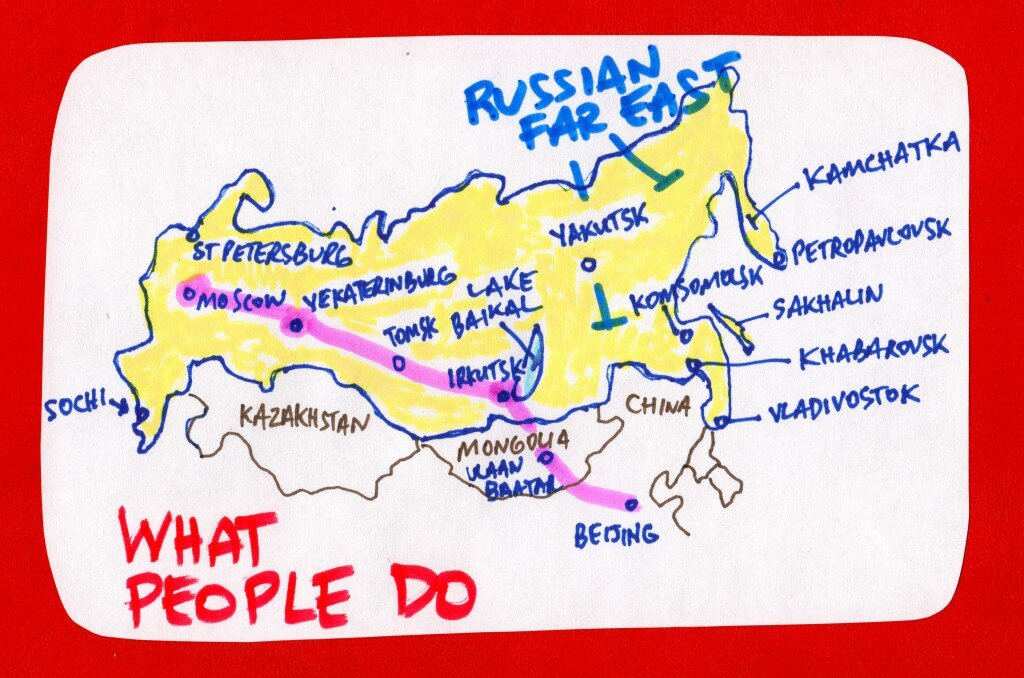
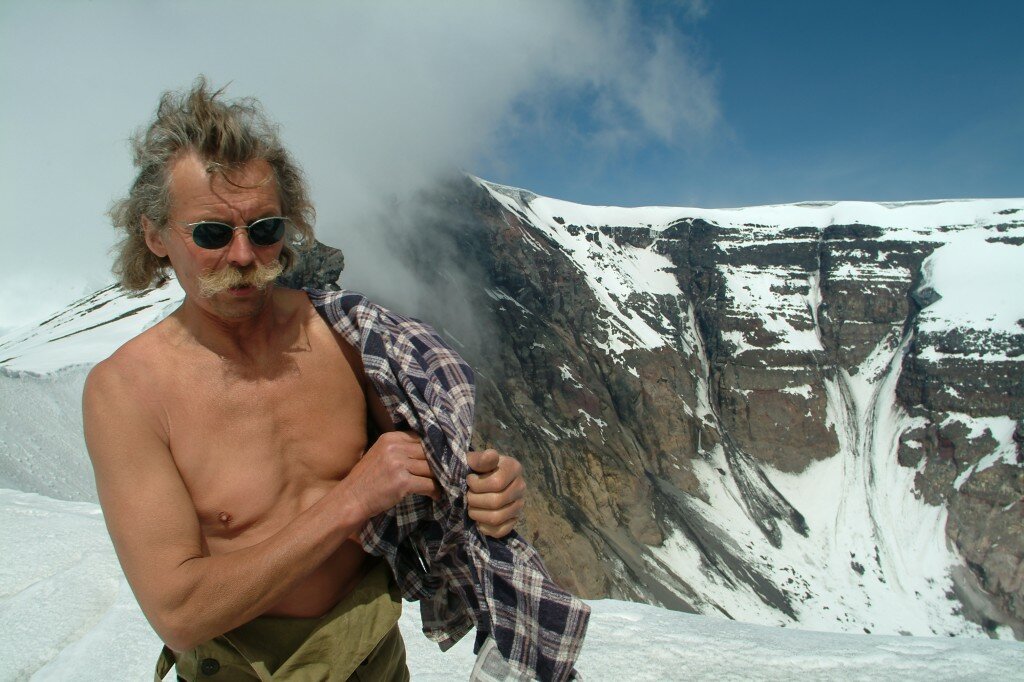
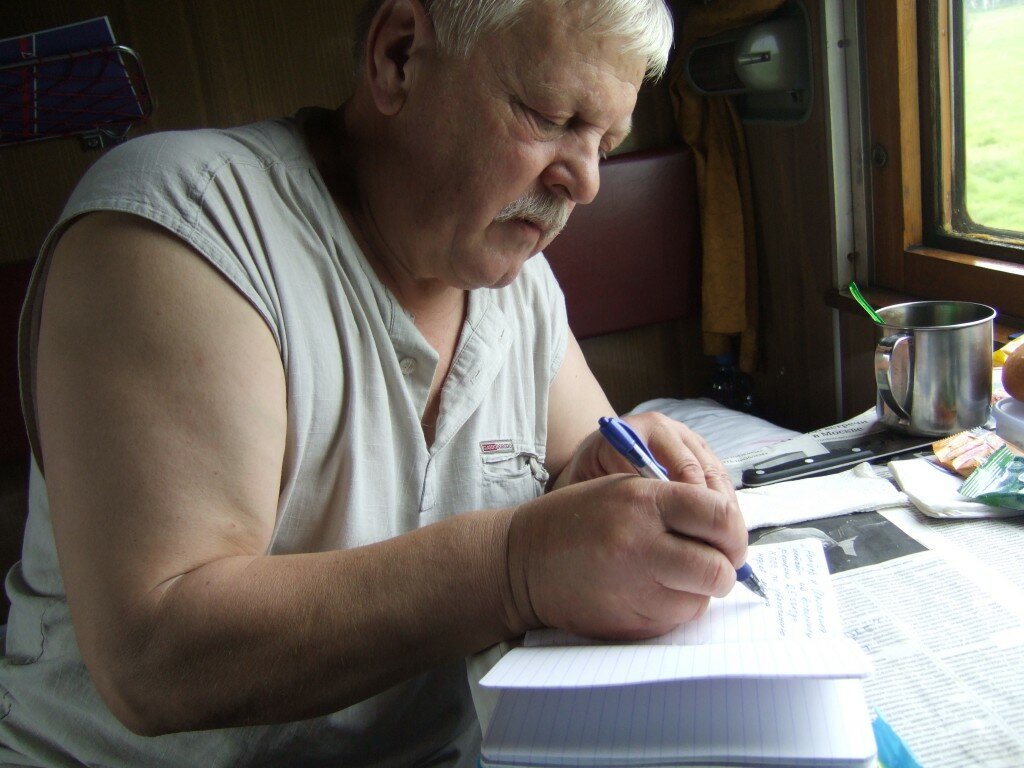
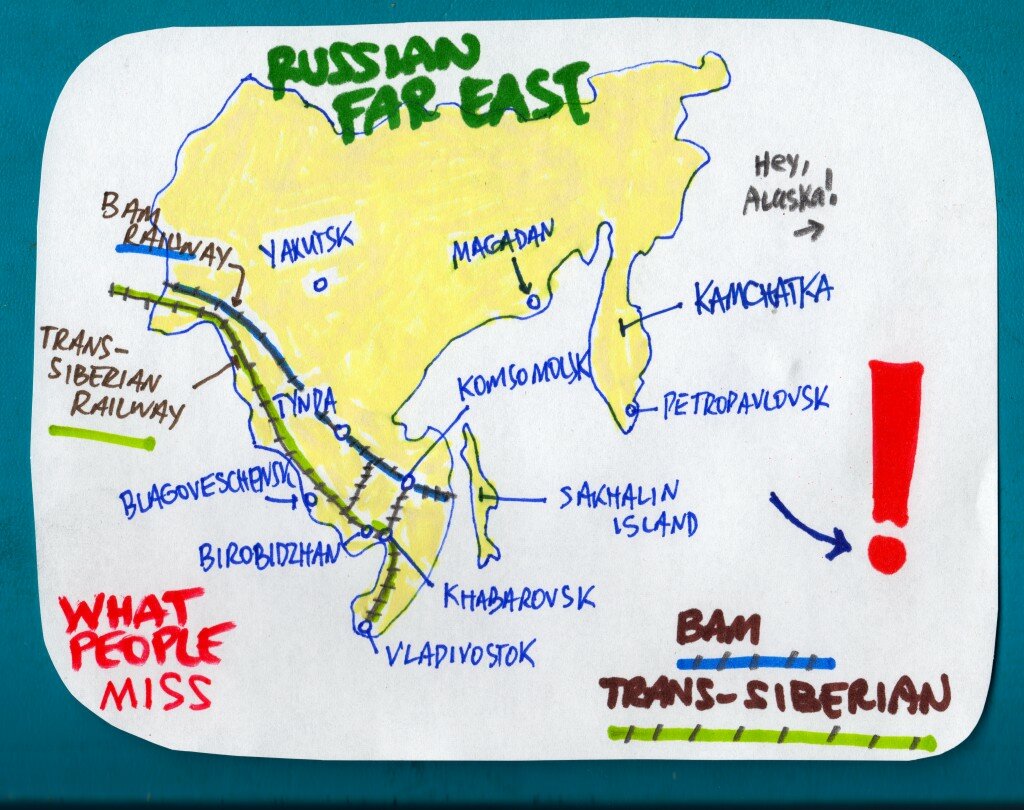


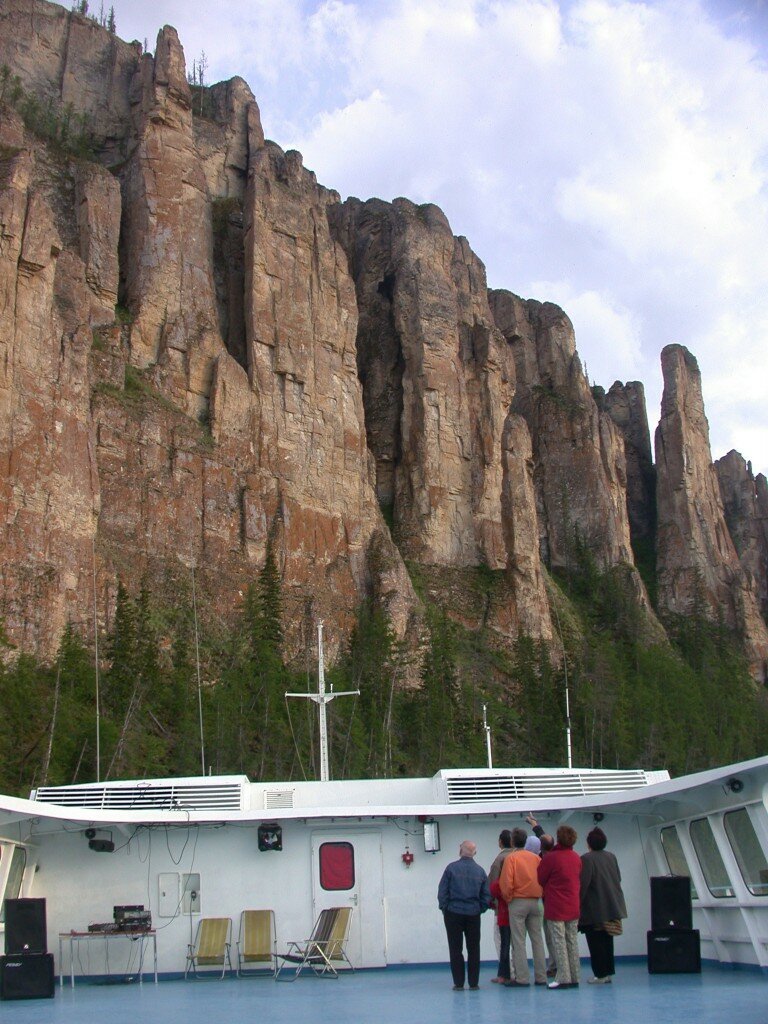





There is one Catholic church in Magadan that ministers to the survivors of the death camps. http://www.thecatholictravelguide.com/RussiaMagadan.html
Interesting. Thanks for that. Magadan was considered a death sentence for many. It’s surprisingly nice, with pastel-colored building not unlike Petersburg’s finer streets, backed by mountains on a rocky bay of the Sea of Okhotsk. I had a superb time there. But had the Mask of Sorrow to myself.
Thanks, this is great! Hoping to do it next year and this comes in really handy for the research and planning.
Pingback: Link of the day: the Russian Far East | Travel perspective, tales, and advice
Pingback: Follow #Russia on my Instagram - reidontravel
Pingback: Amateur Traveler: Russian Far East - reidontravel
Hello everyone, I am sorry if this comment somehow disturbs you, but I would like to introduce you to my travel blog http://hotels-guru.blogspot.com which contains original articles about various places and countries around the world, and some accommodation recommendations in these places. Please visit and follow if you like it. Thank you.
I want to point out the immense amount of work and research that goes in to an article like this. It may take only a few minutes to read, but no doubt hours to make it readable and informative the way this one is.
Congratulations again to Robert Reid.
Pingback: Unpacking Travel: Issue 15 | GoEuro Blog
Dang it! Now you have me intrigued. This is another place I have to go to now.
Thanks Jeff. Hope you can make it there some day.
The russian far east is such an interesting place. Natural beauty, food and local life are the major things that attracts visitors to visit this place. Thanks for this interesting post.